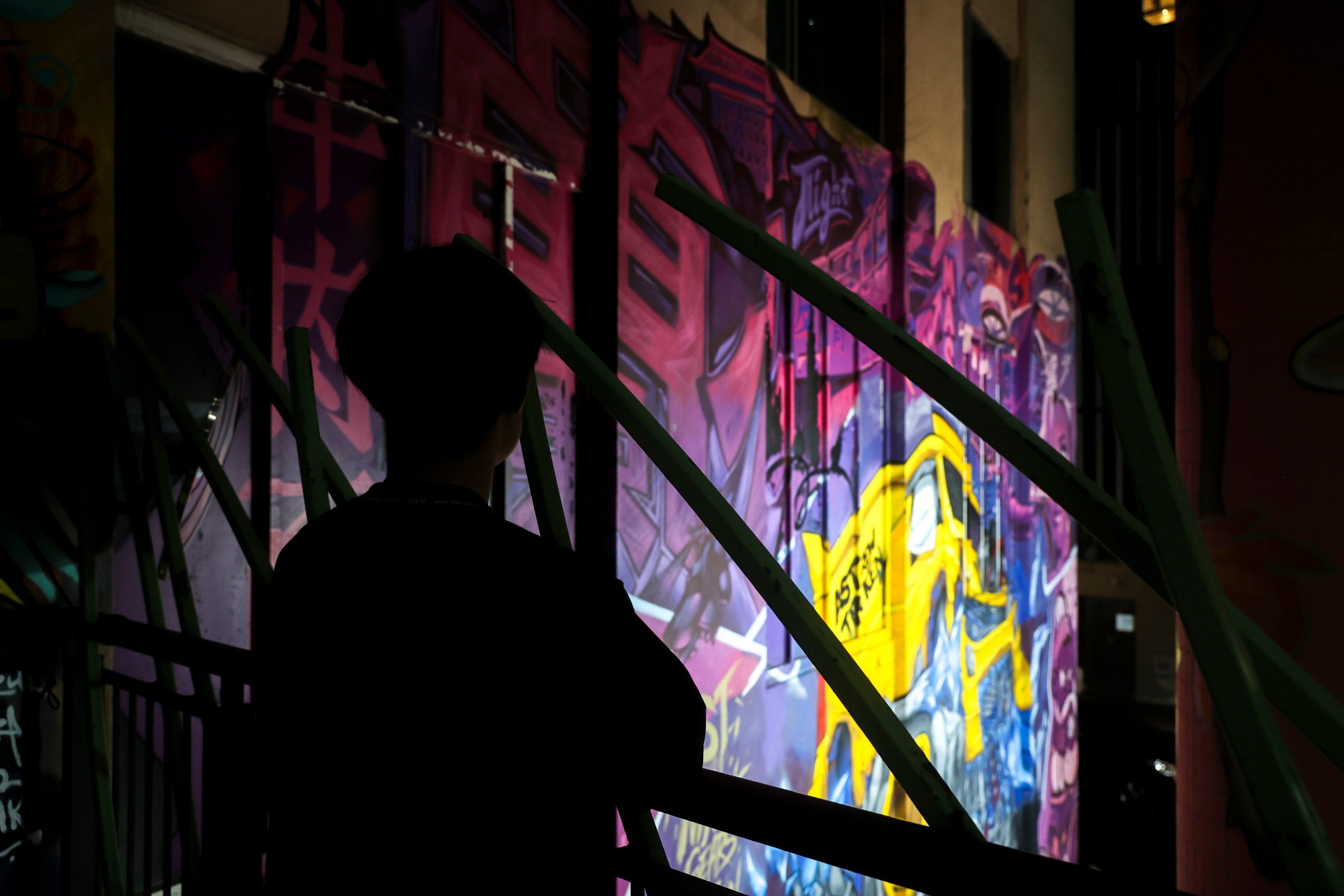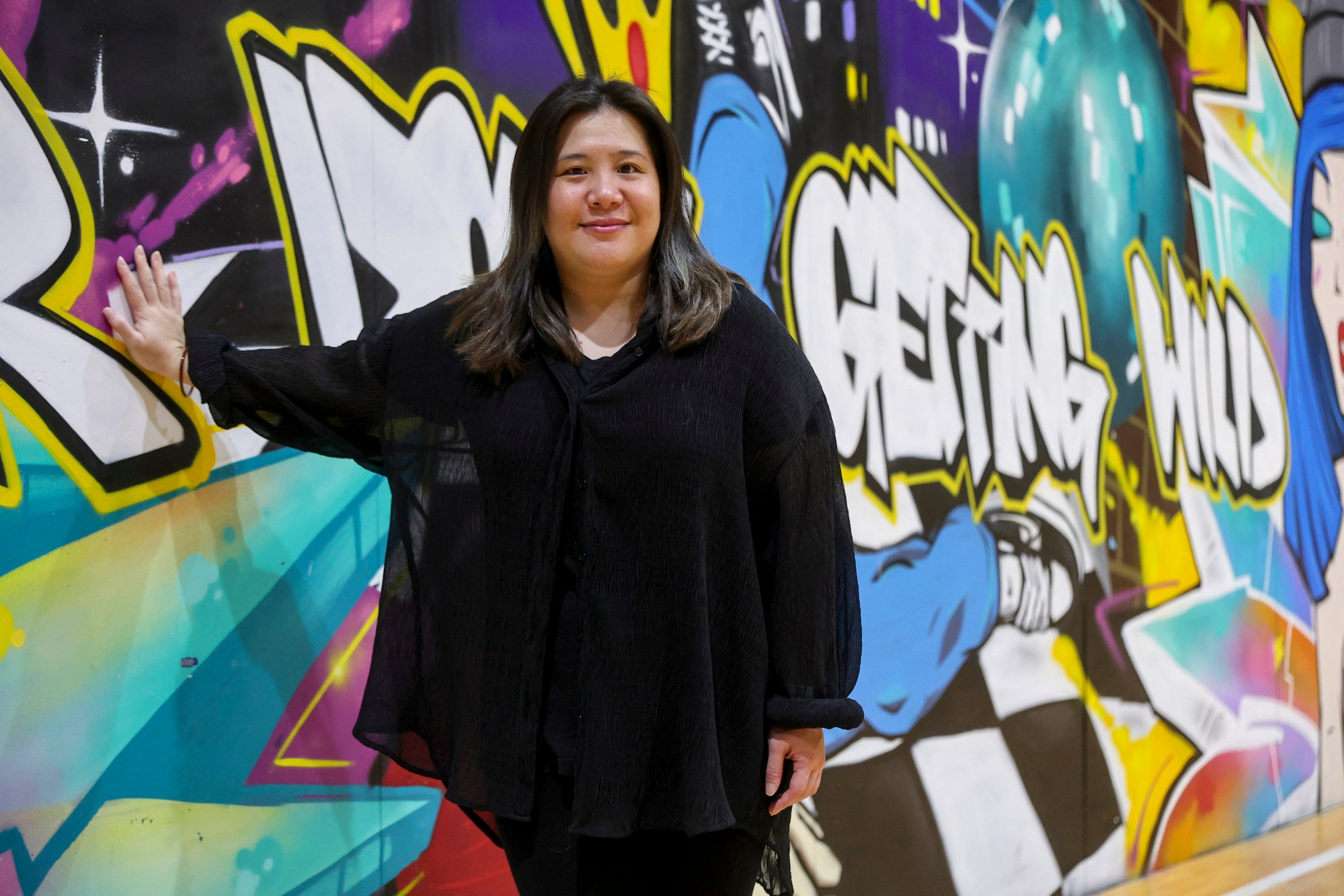
Rise in suicides among young Hongkongers sparks calls for more action
- Many troubled youth avoid seeking help fearing stigma, labelling and causing parents concern
Suicide, acknowledged by the World Health Organization as a public health priority, has become the fourth-leading cause of death among young people aged 15 to 29. With a teenage suicide rate among the highest in the developed world, Hong Kong has seen a distressing surge in youngsters taking their own lives in recent years.
Hong Kong secondary school student Chan Chun* was 14 when he first thought of taking his life.
At home, he witnessed his father beating his two older brothers, police arriving to stop them fighting, and his distressed mother being sent to hospital after taking sleeping pills with alcohol.
When his brothers dropped out of school, his parents pinned all their hopes on him to perform better.
“They wanted me to study well and go to university, but I found no meaning in it and had no idea what I was doing at school,” recalled Chun, now 16 and in Form Five.
It made him physically ill. He suffered bouts of dizziness and had a stomachache often. He spent many nights crying himself to sleep.
“I wanted to escape all these miseries and troubles, I wanted to kill myself, but I had to stay with my mum, whom I love the most,” he told the Post.
Youth mental health has been in the spotlight in Hong Kong as the suicide rate for young people hit a record high, with a cluster of suicides and attempted ones occurring after the school year began last September.
The Hong Kong Jockey Club Centre for Suicide Research and Prevention at the University of Hong Kong (HKU) sounded the alarm in early November last year, after recording 22 suicide attempts between August and October, double the number over the same period in 2022.

Its provisional data showed that the suicide rate for those aged 15 to 24 had already almost doubled to 12.2 deaths per 100,000 people in 2022 from 6.2 in 2014.
Tracking media reports, it found 67 suspected suicides and 50 attempts involving people aged below 25 in Hong Kong last year.
Police said that as of mid-November, there had been 37 cases of suspected suicide and 269 of attempted suicide involving students last year, with a mean age of 15.8. The youngest individual was nine years old.
Of the suspected suicides last year, 32 involved primary and secondary school students, more than double the figure in 2018, according to the Education Bureau.
The rising suicide rate is not unique to Hong Kong, which is among the highest compared with other developed countries or regions.
Post-pandemic, the suicide rate of those aged 15 to 24 in developed countries and regions ranged from five to 16 per 100,000 people, according to the World Health Organization’s Mortality Database.
Japan, South Korea and the United States were the highest, with a suicide rate as high as 16.8 per 100,000 people. The lowest were France and Germany, which stood at about five people per 100,000.
As the crisis sparked efforts to identify and support youngsters at risk, frontline workers and teenagers who had recovered from suicide-related crises said more had to be done to engage children and teenagers, listen to their needs and encourage them to seek help.
It was also time to scrutinise the recent suicides to understand why young Hongkongers took their lives and come up with better ways to help those in need.
Officials and experts had earlier attributed the surge to the Covid-19 pandemic, saying that after three years of restrictions and disruption to school life, some students struggled academically and socially when full-day in-person classes returned.
They also noted that most cases had not been receiving help from welfare professionals.
The government responded to the crisis by rolling out subsidies and measures to support schools in handling students with mental health needs.
But even getting youngsters to seek help is a challenge.
‘Listen to my needs’
Chun said he never sought help or shared his feelings to avoid burdening his struggling mother. He also believed that only “problem students” saw the school social worker.
Instead, he resorted to self-harm, banging his head against the wall and hitting himself with sharp objects. “When no one understands me, the bruises do,” he said.
Then he was sent to the school social worker after quarrelling with a classmate, and all he felt was a sense of shame.
But that proved to be a turning point. He was referred to Youth Outreach, an NGO that supports at-risk youths, where he saw a clinical psychologist and joined a support project to explore his interests.
Therapy helped him explore his emotions, express his feelings and improve communication with his parents, who also saw the psychologist.
Chun also discovered a passion for hip-hop dancing, something he is determined to pursue.
Looking back, Chun said he wished he knew earlier that it was normal to feel distressed sometimes and to see a social worker for help.
But, above all, he said: “I wish my family was able to listen to my needs.”

Chan Ka-ling, an assistant executive director of Youth Outreach, said it was common for young people such as Chun to have trust issues and worry about the stigma of seeking help.
As a result, they preferred looking for support outside school, especially through online counselling platforms where they could remain anonymous.
“It takes a lot of time to gain their trust and connect with them,” Chan said. “We start by texting, then doing video calls, though they never show their faces. Then we try to meet them in person.”
Some teens would simply send a photo showing themselves standing on the edge of a rooftop, or a bleeding wrist, without saying anything. The youth workers then had to scramble to try and find them.
“We have to stop avoiding the topics of life and death with youngsters,” Chan said. “People may worry it can trigger more suicide attempts, but the more you avoid it, the more suppressed they feel.”
Fewer than 1 in 10 seek help
In a survey of 4,000 primary and secondary school students in 2022, associate professor Paul Wong Wai-ching of HKU’s department of social work and social administration found that fewer than one in 10 were prepared to share their problems with researchers or teachers.
Among those uninterested in seeking help, 15 per cent showed significant emotional distress and increased risk of suicide, including 5 per cent who needed intensive mental health intervention.
“In our culture, people are not encouraged to show negative emotions or seek help,” Wong said.
On the other hand, those who said they were open to receiving help did not ask for much.
“Some were worried about their prospects, some were struggling with their studies … and some just wanted to chat,” he said.
Wong said the survey showed the need to encourage young people to seek help, but in the city’s haste to move past the pandemic, this might not happen enough.
“Many do not know whether they need help in the first place,” he said. “We need an adult to sit down and talk to them, to learn how they are doing and what they need, but who’s got the time, when everyone is so busy rushing back to normality?”
He added that after the social unrest of 2019, there was also a need to rebuild trust between young people and adults.
Wong felt it would be worthwhile to study the recent wave of suicides closely, including interviewing family members and friends, to gain a deeper understanding of the reasons for each tragedy.
With consent from families, researchers could also look at the social media accounts of those who died to find out more about them and what they were doing online before they took their lives.
Specialist in Psychiatry Dr Chan Kai-tai, associate director of the Hong Kong Jockey Club Centre for Suicide Research and Prevention, said both adults and youngsters needed mental health education to tear down the barriers between them.
“Before they can comfortably talk about mental health, they need to know how common it is to have emotional problems and that these are curable in most cases,” he said.
“We also need time and space, the right attitude, trust and interaction to make it work, which is not easy … but we can start with companionship.”
Chan observed that young people often struggled before speaking up or seeking help, as they feared they might worry their parents or end up being ignored or labelled.
He referred to research by the Chinese University of Hong Kong which showed that almost half the carers of distressed youngsters did not seek professional help because they underestimated the severity of the situation, feared stigma or did not know how to get help.
Chan also said more cross-disciplinary research was needed to understand a younger generation affected by many unprecedented factors, including digitalisation and Covid-19.
“Post-millennials have had access to a virtual world since they were young and it has become increasingly dominant, affecting their identity formation and changing fundamental experiences such as the sense of time and space,” he said. “We need more research to know how all this affects the generation at a deeper level.”
‘Give young people a voice’
Last December, more than a dozen teenagers formed the Hong Kong Student Alliance on Student Suicide, an advocacy group that hoped to deliver their views to the government and raise public awareness through campaigns and seminars.
“Many students have told us they can hardly imagine their future,” said Heather Yeung Hoi-tung, 19, one of its children’s rights advocates.
“Even if they are unhappy with the present situation, they do not think they have a voice or can make a change … suicide somehow becomes the only possibility when they cannot figure things out.”
Yeung urged the government to do more to engage students on the subject of youth suicide.
“The government has kept saying young people are the future pillars of society, but they seem to have forgotten we also live in the present,” she said. “Many children are ready to share their thoughts, but they do not have a chance.”
Rebecca Wong Wing-kam, assistant director of the Boys’ & Girls’ Clubs Association, an NGO dedicated to the welfare of children and youth, suggested schools adopt a compassionate approach and give students a voice.
“Mental health is not just a personal issue,” she said. “It’s very relevant to the family and school environment, and by working with stakeholders in those environments, we can further support the students.”
A simple gesture would be to encourage students to speak up if they were assigned too many tests on a single day and to ask teachers to coordinate better among themselves.
She said students did not dare challenge teachers’ authority, “but it’s important to lower yourself and listen to students’ needs”.
Quit school, not life
Sara Cheung*, 23, told the Post she decided to drop out of school at 15 when she could not bear her mental distress.
For almost a year, she was bullied by classmates who attacked her appearance and isolated her, but if she skipped school, her mother beat her.
“At school, I suffered mentally, but at home, I suffered physically … it was quite a helpless situation,” she recalled. “At one point I wanted to end my life, but I didn’t do it because I knew my family loved me a lot.”

She did not ask her teachers for help because she was afraid of being labelled a snitch. She was also too distressed to express herself clearly.
“I made up my mind to quit when my class teacher asked if I was being bullied or crying just because I did not want to attend classes,” she said.
She joined a project at the Boys’ & Girls’ Clubs Association, and her family supported her as she explored her interests in craft. That led her to vocational training in fashion design.
Now the owner of a manicure business, she said she had regained her confidence and passion for life.
“Looking back, what I wished for most was just someone to believe in me and listen to me,” she said.
* Names changed at interviewees’ request

